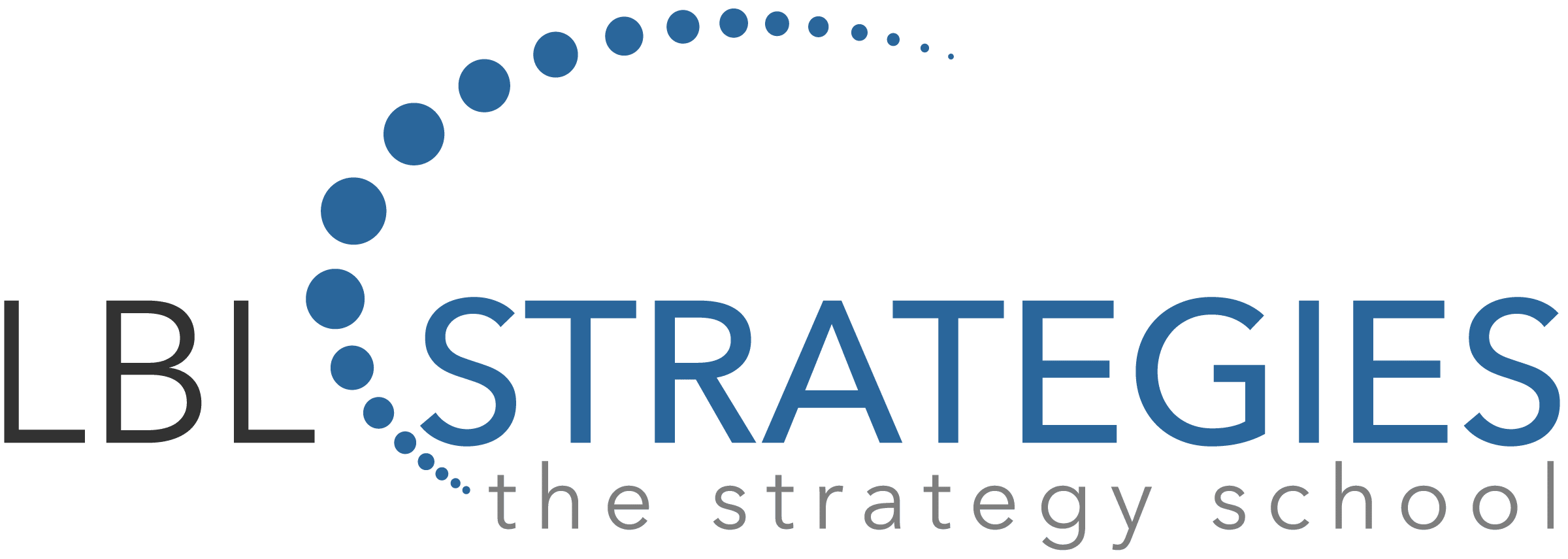Every year, thousands of organizations engage in some form of strategic planning process. The strategic planning process has many moving parts – from strategy formulation to execution. One element critical to the success of strategy execution is the alignment of employees to strategy. Strategic alignment occurs when employees at all levels of the organization are clear about the organization’s strategic goals, know how their individual contributions matter (as well as those of their team,) and understand the importance of helping the organization achieve its goals.
It’s well known and documented that strategic alignment helps organizations improve their overall performance and gain a competitive advantage. Poor or ineffective strategic alignment often results in execution failure, unclear or conflicting priorities, duplicated efforts, organizational conflict and a decrease in employee motivation.
The question is – if both practitioners and academics agree on the importance of strategic alignment, why do we know so little about it from a human-centered perspective? It’s well-established that strategic alignment has a positive impact on business and organizational performance, but what does it do for the actual workforce? Unfortunately, there are few empirical studies analyzing just how strategic alignment influences individuals in the workforce, and little is understood about how alignment looks and feels to members of the organization – and more specifically, how strategic alignment looks and feels to non-managerial employees.
Employees play a critical role in the success of their organizations, and, given that the average adult spends more of their time at work than they do at home, it’s essential to better understand their experiences, perceptions, and attitudes towards their employers. Fostering a sense of connectivity and camaraderie amongst employees may be critical to achieving organizational goals and improving overall employee well-being – and organizations are more apt to influence employee experience and work attitudes by being strategically aligned. As one scholar puts it, “it is through alignment that organizations can harness their greatest resources: the hearts and minds of their employees” (Niven, p. 308, 2014). It’s encouraging to see a small but growing amount of research examining strategic alignment beyond the traditional financial and performance frameworks and looking to the value strategic alignment has on individual psychological experiences in the workplace.
The Study, Why it Matters, and Who Cares
Although empirical studies have examined strategic alignment in a variety of contexts, there are only a few studies that have explored alignment within the context of individual psychological outcomes, work attitudes and employee experiences. Using job demand-resource theory, organizational support theory and social identity theory as a framework, a recent quantitative study attempted to determine if significant correlations existed between strategic alignment and individual psychological constructs relevant to the workplace. Specifically, their perception that the organization cares and values their well-being and contributions as well as their perception of a sense of connectedness, oneness, and membership within the organization. Results revealed that strategic alignment was significantly positively correlated with both perceived organizational support and organizational identification.
Understanding the role strategic alignment plays in cultivating organizational support and membership can help organizations develop culture, policies, and practices to influence employee experience and work attitudes and thus contribute to the performance of the organization. Expanding research can deepen our understanding of how the elements of alignment may be essential to influencing positive psychological outcomes and workplace attitudes. Better understanding can assist strategic management practitioners, human resource professionals, and leadership in cultivating strategies to enhance employee experience which in turn should contribute to achieving organizational goals.
Staci Bullard is an organizational psychologist and practitioner who specializes in organizational culture development, organizational listening, professional development and helping leaders cultivate and shape their craft. Dr. Bullard leverages the science of individual and organizational behavior to help organizations and employees function at their best. As a researcher, she is passionate about self and professional development as well as professional identity construction.
RESOURCES
Albrecht, S., Breidahl, E., & Marty, A. (2018). Organizational resources, organizational engagement climate, and employee engagement. Career Development International, 23(1), 67-85. 10.1108/CDI.04-2017.0064
Ayoup, H., Omar, N., & Ibrahim Kamal, A. R. (2016). Balanced Scorecard and Strategic Alignment: A Malaysian Case. International Journal of Economics and Financial Issues, 6(4)
Bullard, S. (2022). Perceptions of Organizational Support and Membership Among Employees.
The Role of Strategic Alignment [Unpublished doctoral dissertation]. The Chicago School of Professional Psychology.
Kärnä, E. (2015). Implementing Strategy Means Changes for Employees. Change Management and the Human Factor (pp. 109-127). Springer.
Kim, J., Kim, H., & Kwon, H. (2020). The Impact of Employees’ Perceptions of Strategic Alignment on Sustainability: An Empirical Investigation of Korean Firms. Sustainability, 12(10), 1-24. https://doi.org/10.3390/su12104180
Niven, P. R. (2014). Balanced scorecard evolution : a dynamic approach to strategy execution. Wiley.
